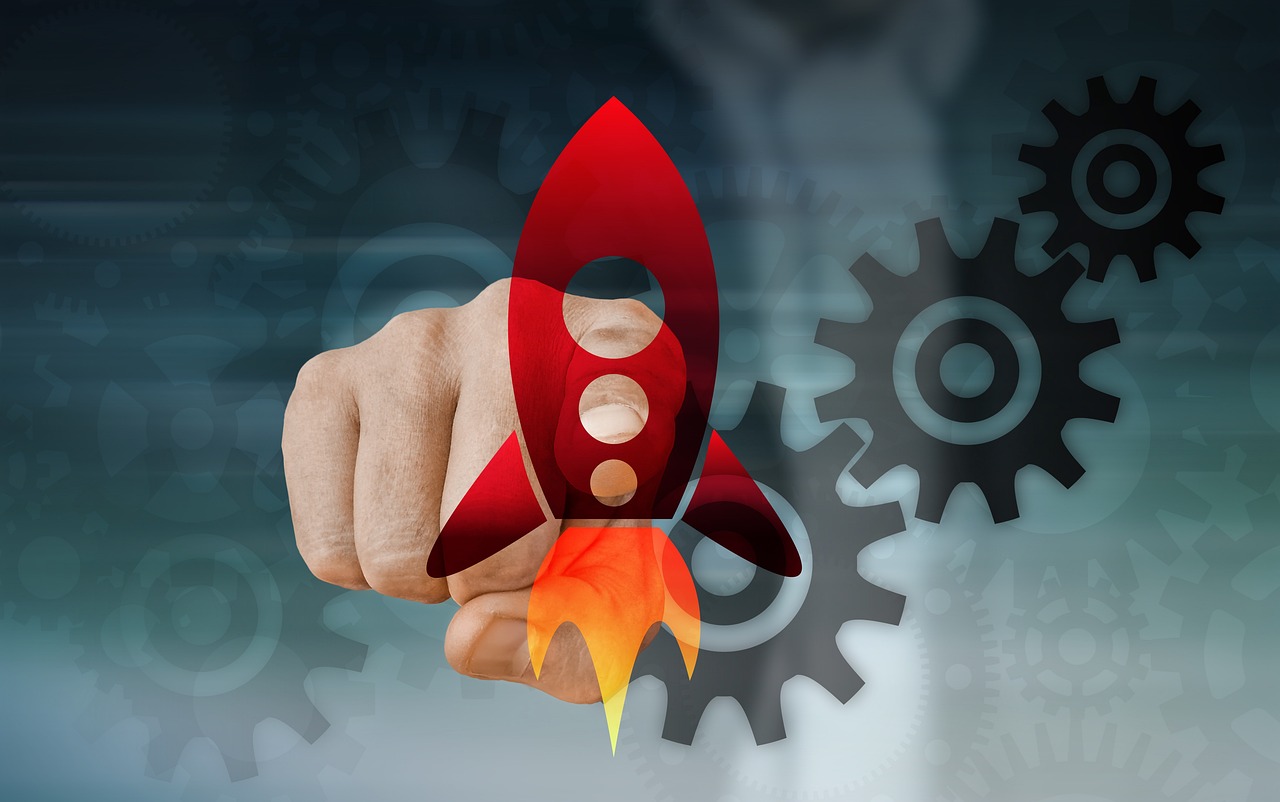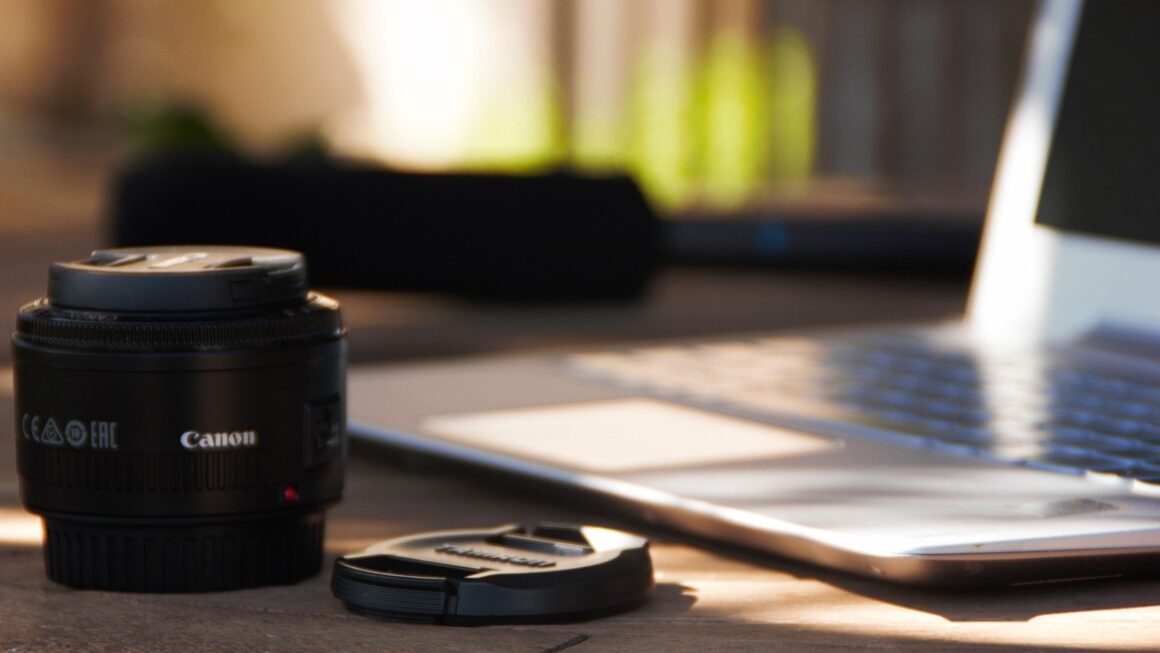The world of design is rapidly evolving, and Artificial Intelligence (AI) is no longer a futuristic concept; it’s a powerful tool transforming how we create. For designers, this represents an incredible opportunity to leverage AI, augment their skills, and carve out a lucrative niche in the freelance market. AI design freelancing is not about robots replacing designers, but about designers embracing AI to become more efficient, creative, and in-demand. This blog post will explore how you can navigate this exciting new landscape.
What is AI Design Freelancing?
Understanding the Core Concept
AI design freelancing involves using AI-powered tools and platforms to offer design services to clients. This can range from using AI for generating initial design concepts, automating repetitive tasks, improving design quality, to personalizing design experiences for users. It’s about combining human creativity with the capabilities of AI to provide innovative and effective design solutions.
The Difference Between Traditional and AI-Enhanced Design
Traditional design heavily relies on manual processes, artistic intuition, and experience. AI-enhanced design, on the other hand, utilizes AI algorithms and machine learning to:
- Automate repetitive tasks: Freeing up designers to focus on higher-level creative thinking.
- Generate design variations quickly: Exploring a wider range of concepts in a fraction of the time.
- Personalize designs based on user data: Creating more relevant and engaging experiences.
- Analyze design effectiveness: Using data-driven insights to optimize designs for performance.
For instance, a logo designer might use an AI tool to generate hundreds of initial logo concepts based on a client’s brief, saving them hours of brainstorming and sketching. They can then refine these AI-generated concepts, adding their personal touch and expertise to create a truly unique and effective logo.
The Benefits of AI in Freelance Design
Increased Efficiency and Productivity
AI tools can significantly boost your productivity as a freelance designer. By automating tasks like image resizing, background removal, or generating design mockups, you can complete projects faster and take on more clients.
- Example: Using an AI-powered tool to automatically resize images for different social media platforms can save hours of manual work each week.
Enhanced Creativity and Innovation
AI can help you break through creative blocks and explore new design possibilities. By generating unexpected variations and offering data-driven insights, AI can push you beyond your comfort zone and inspire innovative solutions.
- Example: Using an AI tool to generate color palettes based on specific emotions or themes can lead to unexpected and inspiring color combinations.
Improved Design Quality and Performance
AI can analyze vast amounts of data to identify design trends, user preferences, and best practices. This data-driven approach can help you create designs that are more effective and engaging.
- Example: Using AI to analyze website heatmaps and user behavior can reveal areas where design improvements can significantly improve user experience and conversion rates.
Expanded Service Offerings
With AI, you can offer a wider range of services to your clients, such as:
- AI-powered design consultations: Providing clients with data-driven insights and recommendations.
- Personalized design experiences: Creating designs that adapt to individual user preferences.
- Data-driven design optimization: Continuously improving designs based on performance data.
Essential AI Tools for Freelance Designers
AI-Powered Design Software
Several design software packages now integrate AI features to enhance the design process.
- Adobe Sensei: Integrated into Adobe Creative Cloud, offering features like content-aware fill, object selection, and style transfer.
- Canva AI: Canva offers AI features to generate design ideas, edit photos, and create content more efficiently.
- Figma AI plugins: Plugins like “UI Faces” and “Content Reel” use AI to populate designs with realistic data and imagery.
AI-Driven Design Generation Platforms
These platforms use AI algorithms to generate design assets based on user input.
- Jasper.ai: While primarily a content creation tool, Jasper can generate marketing copy for your design projects.
- Simplified: Provides AI-powered design tools for creating social media graphics, ads, and other marketing materials.
- Looka: An AI-powered logo maker that generates logo designs based on user preferences.
AI-Based Image and Video Editing Tools
AI-powered tools can automate and simplify image and video editing tasks.
- Luminar AI: Uses AI to enhance photos with features like sky replacement, portrait enhancements, and intelligent object removal.
- RunwayML: A platform for creating AI-powered video and image effects.
- Descript: While primarily an audio and video editing tool, Descript uses AI to transcribe and edit audio and video files, making it easier to add captions and subtitles to your video designs.
Building Your AI Design Freelance Career
Developing AI Design Skills
- Take online courses and tutorials: Platforms like Coursera, Udemy, and Skillshare offer courses on AI and machine learning for designers.
- Experiment with AI design tools: Get hands-on experience with different AI tools and platforms to understand their capabilities and limitations.
- Stay up-to-date with the latest AI trends: Follow industry blogs, attend webinars, and join online communities to stay informed about the latest advancements in AI design.
Building Your Portfolio
Showcase your AI design skills by creating a portfolio that highlights your projects and the AI tools you used.
- Include case studies: Explain how you used AI to solve specific design challenges and achieve measurable results for your clients.
- Create mock projects: If you don’t have real-world projects, create mock projects that demonstrate your AI design skills.
- Highlight your unique selling points: Emphasize what makes you different from other AI design freelancers, such as your specific expertise, design style, or industry focus.
Marketing Your Services
- Create a professional website: Showcase your portfolio, services, and testimonials.
- Use social media: Share your work on platforms like LinkedIn, Dribbble, and Behance.
- Network with other designers and clients: Attend industry events, join online communities, and reach out to potential clients.
- Offer free consultations or trials: Attract new clients by offering them a free consultation or trial of your AI design services.
Setting Your Rates
Research the market and set your rates based on your skills, experience, and the complexity of the projects.
- Consider your hourly rate: Calculate your hourly rate based on your desired income, expenses, and experience.
- Offer project-based pricing: Provide clients with a fixed price for specific projects, which can be more appealing than hourly rates.
- Charge a premium for AI-enhanced services: Reflect the added value of AI in your pricing.
Challenges and Considerations
Ethical Considerations
Using AI in design raises ethical considerations. Be mindful of issues like:
- Bias in AI algorithms: AI algorithms can perpetuate existing biases, leading to unfair or discriminatory designs.
- Transparency and explainability: Clients should understand how AI is used in the design process and be able to review the AI-generated outputs.
- Data privacy: Protect client data and ensure that AI tools comply with data privacy regulations.
The Learning Curve
Mastering AI design tools and techniques takes time and effort. Be prepared to invest in training and experimentation.
- Continuous learning: AI is a rapidly evolving field, so it’s important to stay up-to-date with the latest advancements.
- Embrace experimentation: Don’t be afraid to experiment with different AI tools and techniques to find what works best for you.
- Seek mentorship and support: Connect with other AI design freelancers to share knowledge and learn from each other.
The Importance of Human Creativity
While AI can automate tasks and generate design ideas, it cannot replace human creativity and critical thinking. Emphasize the importance of your artistic skills and expertise in your marketing materials.
- Highlight your unique design style: Showcase your personal touch and creative vision.
- Emphasize your ability to understand client needs: Demonstrate your ability to translate client requirements into effective design solutions.
- Position yourself as a creative problem-solver: Highlight your ability to use AI as a tool to enhance your creativity and solve complex design challenges.
Conclusion
AI design freelancing represents a significant opportunity for designers to enhance their skills, boost their productivity, and expand their service offerings. By embracing AI tools and techniques, you can carve out a lucrative niche in the freelance market and create innovative, effective, and engaging designs. While there are challenges and ethical considerations to be aware of, the potential benefits of AI in freelance design are undeniable. The key is to embrace AI as a tool to augment your creativity and skills, not replace them. As the field of AI continues to evolve, staying informed, experimenting with new tools, and continuously learning will be essential for success in this exciting new frontier. So, take the leap, explore the world of AI design, and unlock your full creative potential.




